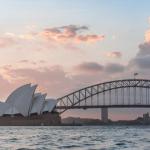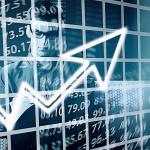This slight rise was primarily fueled by increased spending on recreational, cultural, and dining activities, taking advantage of the holiday period. However, expenditures on clothing, footwear, and vehicles experienced notable declines. Highlights from the ABS report reveal that spending in the hospitality sector, including hotels, cafes, and restaurants, surged by 2.2%, while health-related spending rose by 1.6%. In contrast, the clothing and footwear category saw a substantial 3.5% drop.
According to Robert Ewing, head of business statistics at ABS, household spending maintained stability, with service-based spending balanced by a dip in the consumption of goods. Furthermore, year-on-year household consumption shows a 3.7% increase, which is relatively stagnant when adjusted for population growth.
This spending data comes in the wake of a weaker-than-anticipated GDP figure for the March quarter, indicating a per capita economic recession. Despite a 0.2% increase in GDP for the quarter and a 1.3% year-on-year rise, these growth rates failed to avert the recession, with the country's per capita GDP slipping by 0.2%.
The trends in household spending align with separate indicators from the Commonwealth Bank, which reported heightened economic activity in April during the "super holiday" period encompassing Easter and Anzac Day. Nevertheless, Commonwealth Bank senior economist Belinda Allen described the spending surge as "underwhelming" and a mixed result, highlighting persistent consumer caution even amidst interest rate cuts, tax relief, and improving inflation.
Consumer confidence remains subdued, as Allen notes a propensity for Australians to prioritise saving, despite economic incentives. Ongoing global uncertainties may contribute to this cautious financial approach, suggesting a continued conservative mindset among consumers.
Published: Friday 6th June, 2025
Last updated: Friday 6th June, 2025
Please Note: If this information affects you or is relevant to your circumstances, seek advice from a licensed professional.










